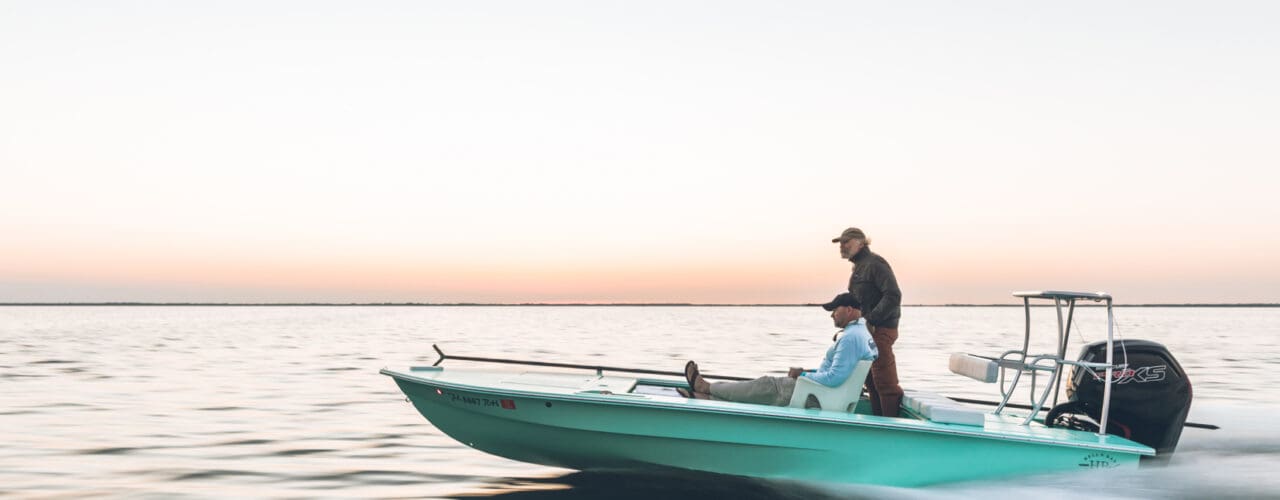
Most U.S. consumers see and hear hundreds or even thousands of marketing messages each day. In the vast majority of cases, these messages are promptly tuned out and forgotten. But when brands can find a way to engage their audiences on a deeper level — such as by creating interactive, immersive brand-related experiences — the message is much harder to ignore or forget. By leveraging experiential marketing, outdoor brands can connect with their audiences, set themselves apart from competitors and grow.
Why Outdoor Brands Have an Edge in Experiential Marketing
Outdoor brands enjoy unique advantages in experiential marketing, largely thanks to the immersive and communal nature of outdoor activities. An experiential marketing strategy offers a highly effective way for adventure brands to harness a range of big benefits, from increasing awareness to fostering lead generation to getting crucial feedback. For outdoor brands in particular, experiential marketing is often a natural fit because the brands’ distinct market positioning and audience enable them to easily:
Offer Immersive Experiences
In most cases, outdoor products are best appreciated through hands-on, sensory-rich activities such as testing gear in real-world environments. Focus on activities in which consumers can actively engage with and test your products. Set up interactive demos at trade shows, pop-up events in urban areas or gear-testing stations along popular trails. These hands-on experiences demonstrate the value of your gear in action.
Connect With Passionate Communities
Outdoor enthusiasts share a deep love for adventure, making them highly receptive to events like workshops, guided tours and challenges that bring people together. Shared experiences strengthen bonds between participants and create a sense of loyalty and trust toward the brand facilitating them. They’re also a great way for your outdoor brand to foster the creation of user-generated content (UGC).
Leverage Stunning Locations
Scenic natural landscapes are found from coast to coast, and they can make unforgettable backdrops for marketing campaigns. For outdoor brands, these environments are often found right outside (or at least within easy reach). This makes it relatively simple to demonstrate your outdoor products in action. Pick a scenic spot and host guided hikes, outdoor demos, or other gear-centered events, such as climbing clinics, kayaking tours or pop-up camping experiences.
How To Make Your Outdoor Brand’s Experiential Marketing Efforts Unique
To make your experiential marketing campaigns stand out from those of other outdoor brands, focus on authentic storytelling and taking creative approaches. A compelling brand story — whether rooted in adventure, sustainability or heritage — can differentiate your brand’s experiential marketing efforts from those of competitors by forging emotional connections and resonating more deeply with your audience. Take a creative approach to experiential marketing to boost customer engagement and stand apart from the crowd. For example, you could host exclusive adventure workshops or guided tours, leverage technology such as virtual and augmented reality, integrate eco-friendly initiatives like leave-no-trace events, or collaborate with outdoor influencers and local communities to add authenticity.
Key Experiential Marketing Metrics for Outdoor Brands
Your outdoor brand should focus on tangible results and long-term impact to measure success and track the return on investment (ROI) of its experiential marketing campaigns. Leading metrics to use include:
- Event attendance and engagement metrics, including number of participants, sign-ups and on-site interactions
- Social media metrics, such as hashtag usage, shares and amount of user-generated content showcasing the experience
- Lead generation metrics, including email sign-ups, app downloads or other consumer actions
- Post-event sales or conversions tracking how the campaign has impacted purchasing behavior
To gather data, use tools like QR codes for discounts or surveys, geo-tracking for participation insights, and social media sentiment analysis to understand audience reactions. Beyond measurable outcomes, your outdoor brand should also consider the long-term impacts of its experiential marketing campaigns on harder-to-quantify assets such as brand loyalty and awareness. Memorable experiences create emotional connections, potentially turning participants into advocates who amplify your brand’s reach over time.
What Channels Should Be Used to Support Experiential Marketing for Outdoor Brands?
Outdoor brands should use a mix of digital and physical channels to promote and amplify their experiential marketing efforts, including social media marketing, email marketing, collaboration with partners and participation in community forums. Here’s a closer look at each key tactic to help your brand maximize the impacts of its experiential efforts:
- Leverage Social Media Platforms: Use popular social media platforms such as Facebook, Instagram, YouTube and TikTok for event promotion, live updates and user-generated content sharing.
- Employ Email Marketing: Use email campaigns to drive event sign-ups, as well as to follow up with offers, surveys and other forms of post-event engagement.
- Collaborate With Partners: Work with outdoor gear retailers, eco-tourism operators and local organizations to expand the reach of your experiential marketing campaigns.
- Tap Into Community Boards: Connect with local outdoor groups to engage grassroots audiences and spread the word about your experiential events.
To Experience More Success With Your Marketing Efforts, Get TBA Outdoors
When you’re ready to partner with a dedicated outdoor industry marketing agency, the team of passionate pros at TBA Outdoors can cover all your brand’s needs. Our fully integrated marketing firm offers a broad array of services and a deep understanding of outdoor consumers and what drives them — and we’re dedicated to helping you forge stronger consumer connections. Contact us today to learn how we can help your outdoor brand grow.